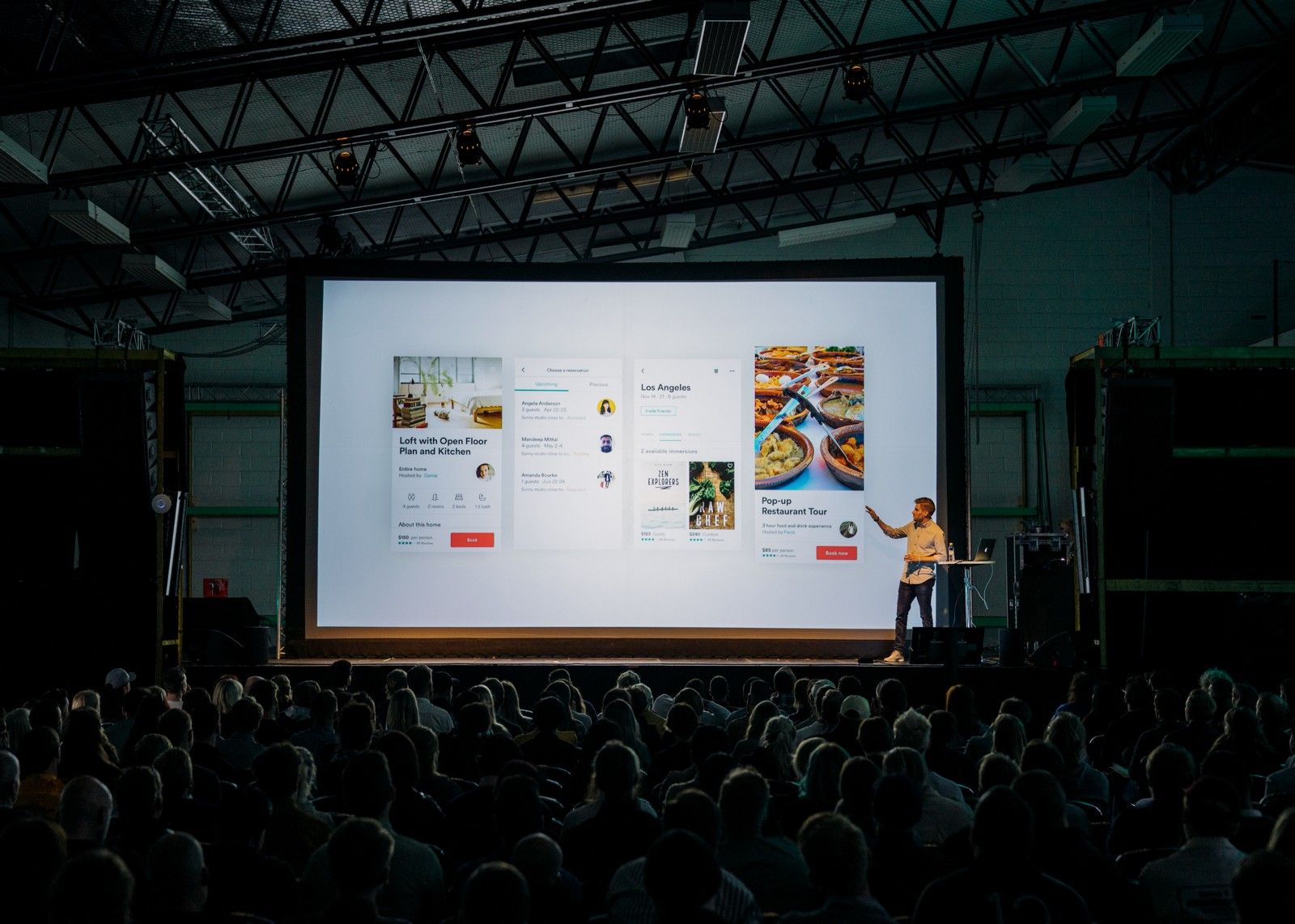I had a talk with a client recently about a product that he’s launching. He wanted to know my opinion: what approach would be better for the launch? To demo the product to each client, or let them use the app straight away by giving them a free trial access?
There’s a lot of debate about demo vs. no demo. Most arguments against the demo are based on the fact that a signup-through-demo would turn away a lot of potential customers. While I agree with the argument, I still think that you need to demonstrate the app to every user at the early stages. Here’s why:
Demos Are Useful — They Teach You About Your Customers
If your primary goal for your launch is to get as many users as possible, then yes, lowering the barrier of entry with free trial access is the right approach.
But I don’t think that’s the right goal. If you think about your launch as a one-time event, you’ll most likely fail. You’ll quickly figure out that you can’t get positive ROI from your marketing efforts — ads will be expensive, conversion rates will be low, user retention will be high. It’s easy to be discouraged with results like that.
But if you approach launch as a transition, from building a product to building a feedback-based product, then you can’t fail. Even getting feedback from one customer in a demo is a success. If you get ten, that’s like hitting a home run because you’ll have so much information to help you decide what your next step should be. It’s OK if most of your potential customers get turned away; the goal is to focus on those who are so keen to use your product that they’re willing to spend some of their precious time to sit through a demo. You can learn a lot just by letting a few people use an app in its early stages.
I watched a video some time ago about how the Channel Tunnel, which connects England and France, was dug. The engineers used eleven large machines that were cutting through from both sides at the same time. The machines were so big that operators couldn’t see where they were heading, and even if they did, it was just a wall of Chalk Marl in front of them. Just imagine that — they had to dig and meet somewhere in the middle, and if they didn’t, it would be the failure of the century! In order to make sure that machines were moving in the right direction, they had set up special beacons that allowed a machine to send signals all the way up to the surface and correct its own positions. Once in a while, the machine validated its position and corrected it if needed. The same approach applies to your product. You need to understand your customers to be able to move forward in the right way.
What You Can Learn from a Demo
Demos are a perfect way of learning about your customers — they give you the opportunity to show customers your product yourself, ask your customers questions that are important to you and answer their questions.
Here’s what you can learn from holding a product demo:
Who they are. Knowing who your customers are will help you decide what language to use in marketing and affect the way you approach pricing and ad placement. As an example, if you’re creating an app for single moms then discover that single dads are also interested, you may rethink your marketing and sales strategy.
Why they’re interested in your app. As Theodore Levitt said, people don’t buy drills, they buy holes. While your assumptions about the motivations people have for buying your app may be correct, there may be other reasons you haven’t thought of. Example: you may think that your product is B2B, but during an interview, you may notice that most customers want to buy your app for their personal use to be the best performer at work and aren’t willing to share the app with anyone else.
What their use cases are. If you’re building an app that allows people to search for real estate listings, you may think that their use case is just to find a house to buy. But some people may not be interested in buying — maybe they’re real estate agents and they need to create collections that they can share with their clients. Or maybe there are people looking to sell their house and are just checking out prices.
What they like and don’t like. During the demo, you typically can hear (or sometimes even see) the reaction that customers have when you show them certain features. Some may be too complex for them. Some may be super useful. Others may be questionable.
What they want added. You’ll notice by the questions customers ask you if there are any missing features. Building onto the home listing search example, you may notice that while you have pictures of the homes, everyone needs floor plans, and you don’t have them. This can turn into a killer feature that your competitors don’t have, which will give you a significant advantage.
I know, doing customer demos is not easy. It takes a lot of time and effort. But I personally don’t know a better way of getting feedback and learning about your customers in the early stages of your product other than doing demonstrations. If you have ideas for alternatives, let me know — I’ll be glad to learn!
Originally published on Medium





